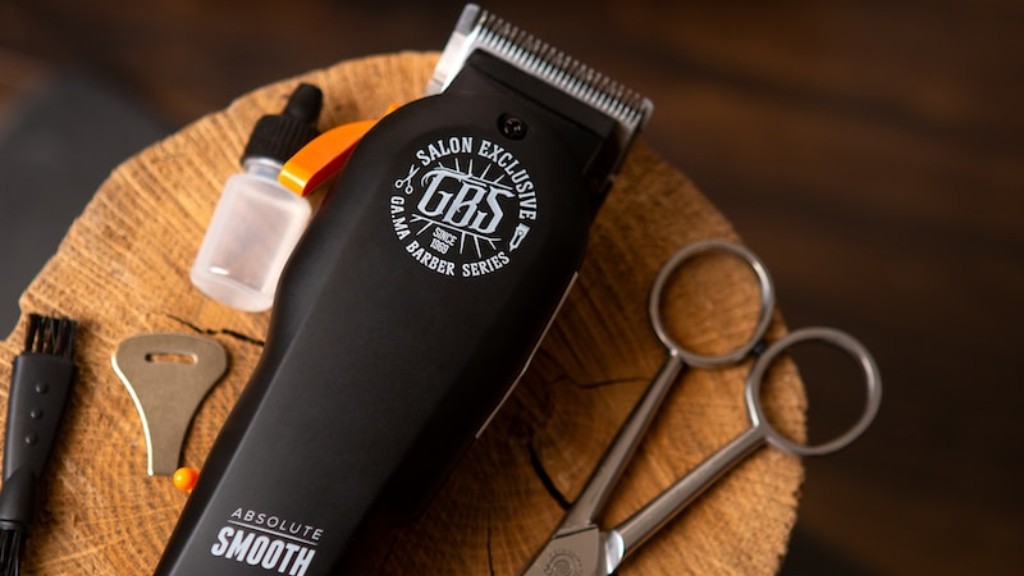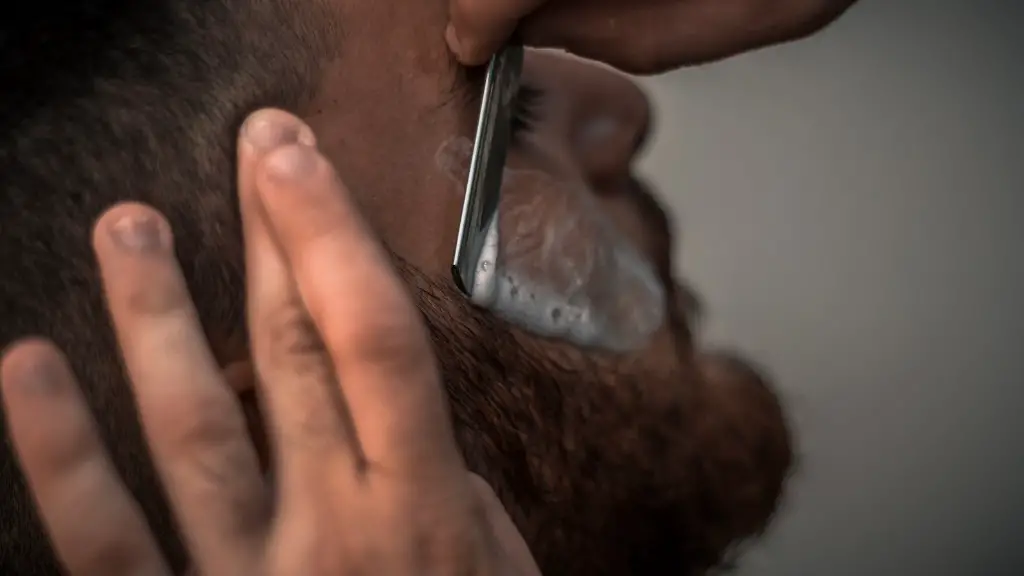Materials Needed to Trim a Beard at Home
To trim your beard comfortably and successfully at home there are some materials that you need to ensure that you get the desired look.
Firstly, it is important to have the right tools for the job. Firstly, a pair of scissors that you can use to cut your beard. You should make sure that the scissors are specially designed for hair so that they don’t damage your beard. Secondly, you may wish to invest in a beard trimmer or clipper and use this to create the outline of your desired style. Finally, a good quality beard oil is essential to clean, nourish and condition the beard.
Prepare and Wash The Beard
Before beginning, it is important to prepare and wash the beard. The best choice for washing your beard is a high quality beard soap. This will clean and nourish the beard without damaging it. After washing, it is much easier to cut, trim and shape your beard.
You can also use a comb to comb your beard and give yourself a better idea of where the length and shape of the beard need to go.
Creating the Outline of Your Desired Style
Once the beard is well washed and combed, you can start to create the outline of your desired beard style. This can be done by using a beard trimmer or clipper. Ensure that the trimmer or clipper is set to the desired length and begin outlining the shape of the beard. The sides and front of the beard should have the same length, while the chin area needs to be longer than the other areas.
Trimming The Neck Area
After outlining the shape of the beard, it is time to trim the neck area. This is arguably the most important trimming step. Make sure you don’t trim your beard too low; make sure that the length does not go below the Adam’s apple. To do this, draw an imaginary line from the Adam’s apple and gently trim the hair below the line using your scissors.
Trimming The Beard Cheeks
Next, you will need to trim the cheek area of your beard. This is very important in order to ensure that there are no patches in your beard while keeping the desired style. For this, you can use a comb again to draw a line from the sideburns to underneath the jawline. Make sure that the two lines attach at the corner of your mouth.
Shape and Style The Beard
This is the most enjoyable and creative step for the beard trimmer. Using the scissors once again, you must pay attention to the details and make sure that everything is in order. The desired shape and style can be achieved easily by using the scissors to trim stray hairs, create curves or to achieve a longer length.
Condition The Beard
Once you are happy with the shape and look of your beard, it is now time to condition it. A good quality beard oil or balm can be used to soften the beard and give it a nourishing feel. Massaging the oil into the beard will infuse vitamins, minerals and produce a well-conditioned beard in no time.
How To Take Care of a Beard After Trimming
Stay hydrated
To keep your skin and beard healthy, drinking plenty of water is crucial. Staying hydrated will produce a softer beard and keep the cuticles in good condition.
Use a leave-in conditioner
After shampooing, using a leave-in conditioner will help to keep the beard in good condition and increase its volume. A good beard oil is also essential for softening and hydrating the beard.
Comb Regularly
Regular combing of the beard is essential for styling, detangling and maintaining a good shape. A wide-toothed comb should be used for maximum results.
Eat Healthy
Making sure you get enough vitamins and minerals in your diet is essential for keeping your beard looking its best. Eating plenty of fresh fruit and vegetables will help to nourish the hair follicles and keep the beard looking shiny and healthy.
Trimming a Mustache
Comb and brush the mustache
Comb and brush the mustache to get it into the desired shape. This will make it easier to trim and will give you a better idea of how much of the mustache needs to be cut.
Mark the desired mustache length
Draw an imaginary line across the upper lip and use it as a guide for trimming the mustache. This will ensure that the mustache is cut evenly and to the desired length.
Trim with scissors
The mustache should then be trimmed with scissors. Take your time, use short snips and cut in the desired direction. You may wish to use a comb and scissors combination to ensure even trimming.
Trim the flyaways
Once the desired length has been achieved, use scissors or clippers to trim any flyaways or stray hairs. These can be anywhere around the mustache area and can be a real nuisance.
Apply beard oil
After trimming the mustache, you may wish to apply a beard oil or wax to keep it in place and add some shine. That being said, this isn’t always necessary, as a well-trimmed mustache should hold its shape easily.
Maintaining a Trimmed Beard
Trim regularly
If you want to maintain a good looking beard, trimming is essential. It is important to trim the beard regularly in order to keep it in good condition and shape.
Be gentle when washing
When washing the beard, use a high-quality beard cleanser with warm water. Don’t be too harsh as this can damage the beard.
Keep it nourished
Using a high-quality beard oil or balm regularly is essential to nourish the beard and ensure that it doesn’t become dry and brittle.
Comb regularly
In order to maintain the beard’s shape and condition, comb it regularly using a wide-toothed comb. This will help to detangle the beard and make sure that all hairs are in the desired shape.
Be patient
Lastly, it is important to be patient when maintaining a trimmed beard. Growing a beard takes time and consistency is key. If you want the best results, take your time and wait for the desired length before trimming.





